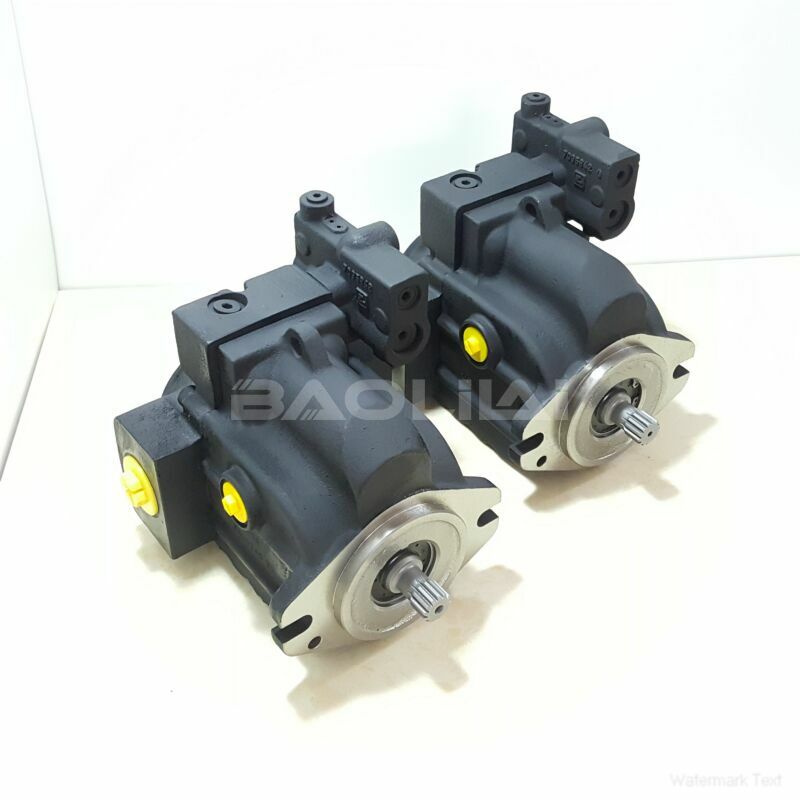LRR030DLS2028NNN3C2NFA6NPLBNNNNNN piston pump
LRR030DLS2028NNN3C2NFA6NPLBNNNNNN piston pump

- Product Details
- Applicable Scene
Integrating piston pumps with automated fluid management systems is essential for enhancing efficiency, precision, and reliability in various industrial applications. Piston pumps are widely used for their ability to handle high pressures and deliver a consistent flow of fluids. To successfully integrate these pumps into an automated fluid management system, several key considerations must be addressed.
LR-R-030D-LS-20-28-NN-N-3-C2NF-A6N-PLB-NNN-NNN
LRR030DLS2028NNN3C2NFA6NPLBNNNNNN
First, understanding the operating principles of piston pumps is crucial. A piston pump operates by creating a vacuum that draws fluid into a chamber, which is then expelled under pressure by a reciprocating piston. This mechanism allows for a highly controlled flow rate, making piston pumps ideal for applications that require accurate dosage and control of fluid delivery.

7005100
Once the fundamentals are grasped, the next step is to select the appropriate piston pump for the specific application. Factors to consider include the type of fluid being handled, the required flow rate, pressure ratings, and the pump’s compatibility with the automated control system. It’s essential to choose a pump that can not only meet the performance requirements but also seamlessly connect with the digital controls of the fluid management system.
After selecting the pump, the integration process can begin. This typically involves the following steps:
Establish Communication Protocols: Ensure that the piston pump can communicate effectively with the fluid management system. This may involve using standard protocols like Modbus, CANopen, or Ethernet/IP, which allow for real-time data exchange and system monitoring.
Sensor Integration: Integrate sensors that can monitor key parameters such as flow rate, pressure, and temperature. These sensors provide valuable data to the automated system, allowing for better control and management of the fluid flow.
Automated Control Setup: Develop or configure the control logic within the fluid management system to operate the piston pump based on the data received from the sensors. This includes setting up automated dosing, batch processing, or continuous flow operations based on predefined criteria.





